Essayer OR - Gratuit
Anubian Kingdom Rises
Archaeology
|September/October 2020
Excavations at a city on the Nile reveal the origins of an ancient African power

As the nile slices through the barren desert of North Africa, it runs straight north, with the exception of one magnificent curve, reminiscent of a giant S. This stretch of the river winds through northern Sudan approximately 250 miles south of the Egyptian border. Known as the Great Bend of the Nile, it marks the southern boundary of Nubia, a region that stretches from Sudan into southern Egypt and has been home to the Nubian people for millennia.
The modern Nubian town of Kerma sits at the northern end of the Great Bend. It is a bustling riverside community teeming with animated produce markets and fishing boats piled high with six-foot Nile carp. At the center of the town rises a five-story mudbrick tower, or deffufa in the Nubian language, which has kept watch there for more than 4,000 years. Consisting of multiple levels, an interior staircase leading to a rooftop platform, and a series of subterranean chambers, the Deffufa once functioned as a temple and the religious center of a Nubian city that was founded there around 2500 b.c. on what was once an island in the middle of the Nile. Also known as Kerma, it was the earliest urban center in Africa outside Egypt.
Cette histoire est tirée de l'édition September/October 2020 de Archaeology.
Abonnez-vous à Magzter GOLD pour accéder à des milliers d'histoires premium sélectionnées et à plus de 9 000 magazines et journaux.
Déjà abonné ? Se connecter
PLUS D'HISTOIRES DE Archaeology
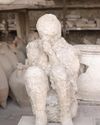
Archaeology
LEGEND OF THE CRYSTAL BRAIN
When most people envision the victims of the eruption of Mount Vesuvius in A.D. 79 that destroyed the cities of Pompeii and Herculaneum, they think of the casts of their bodies made by pouring plaster into voids left by their decaying corpses. Yet not all the physical remains of those who perished in the cataclysm decayed. In one case, a remarkable transformation occurred—a man’s brain turned to glass.
3 mins
July/August 2025
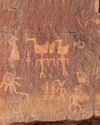
Archaeology
Birds of a Feather
Intriguing rock art in the Four Corners reveals how the Basketmaker people drew inspiration from ducks 1,500 years ago
8 mins
July/August 2025
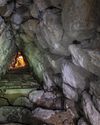
Archaeology
THE HOME OF THE WEATHER GOD
In northern Anatolia, archaeologists have discovered the source of Hittite royal power
13 mins
July/August 2025
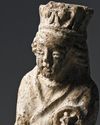
Archaeology
SAINTS ALIVE
Since 2019, archaeologists have been excavating in Berlin's oldest square, known as the Molkenmarkt, or Whey Market.
1 min
July/August 2025
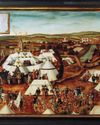
Archaeology
SOLDIERS OF ILL FORTUNE
The Schmalkaldic War, which began in 1546 and lasted less than a year, pitted the forces of the Holy Roman emperor Charles V (reigned 1519-1556) against the Schmalkaldic League, a Protestant alliance formed by German principalities and cities within the empire.
1 mins
July/August 2025
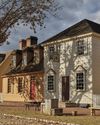
Archaeology
A NEW LOOK AT AN OLD CITY
Archaeologists are reconstructing the complicated 400-year history of Virginia's colonial capital
13 mins
July/August 2025
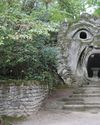
Archaeology
ITALY'S GARDEN OF MONSTERS
Why did a Renaissance duke fill his wooded park with gargantuan stone
10 mins
July/August 2025
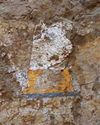
Archaeology
In Search of Lost Pharaohs
Anubis Mountain conceals the tombs of an obscure Egyptian dynasty
3 mins
July/August 2025
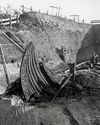
Archaeology
Setting Sail for Valhalla
Vikings staged elaborate spectacles to usher their rulers into the afterlife
15 mins
July/August 2025
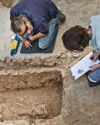
Archaeology
BOUND FOR HEAVEN
During excavations of a Byzantine monastery in 2017 just north of Jerusalem's Old City, a team led by Israel Antiquities Authority archaeologists Zubair 'Adawi and Kfir Arbiv discovered an unusual burial in a crypt beneath the altar of the complex's church.
1 mins
July/August 2025
Translate
Change font size
